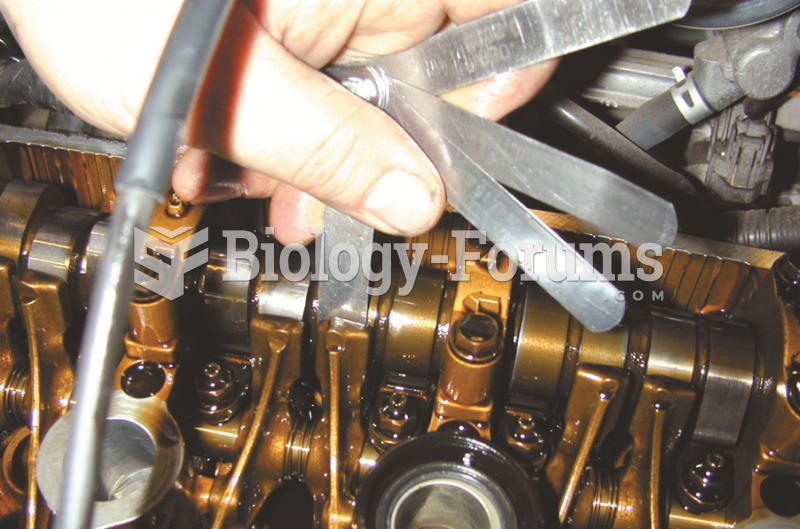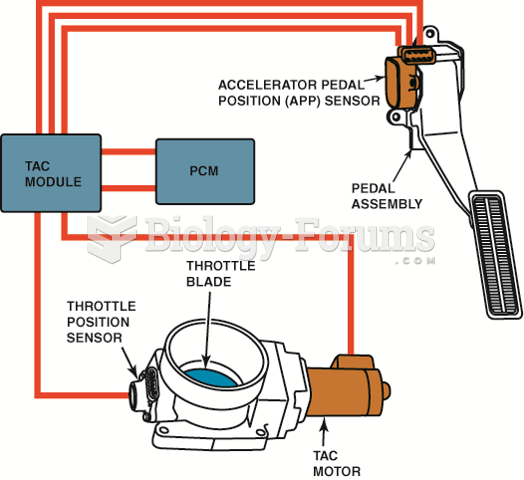|
|
|
Children with strabismus (crossed eyes) can be treated. They are not able to outgrow this condition on their own, but with help, it can be more easily corrected at a younger age. It is important for infants to have eye examinations as early as possible in their development and then another at age 2 years.
Bacteria have flourished on the earth for over three billion years. They were the first life forms on the planet.
To combat osteoporosis, changes in lifestyle and diet are recommended. At-risk patients should include 1,200 to 1,500 mg of calcium daily either via dietary means or with supplements.
Increased intake of vitamin D has been shown to reduce fractures up to 25% in older people.
Chronic marijuana use can damage the white blood cells and reduce the immune system's ability to respond to disease by as much as 40%. Without a strong immune system, the body is vulnerable to all kinds of degenerative and infectious diseases.
 An AC voltage is produced by a magnetic sensor. Most sensors should produce at least 0.1 volt AC ...
An AC voltage is produced by a magnetic sensor. Most sensors should produce at least 0.1 volt AC ...
 MAP sensors use three wires: 1.5 volt reference from the PCM 2. Sensor signal (output signal) 3. ...
MAP sensors use three wires: 1.5 volt reference from the PCM 2. Sensor signal (output signal) 3. ...





